Blog Detail
Table of Contents

What Is a Pager Device and How Does It Work?
- Sophia
- May 10, 2025
- 0 Comments
Hello there! I'm Sophia, I'm here to share my knowledge with you. Today, we're diving into a fascinating piece of communication technology that, for many, might seem like a relic of the past. Yet, it continues to play a crucial role in various sectors. I'm talking about the pager. So, if you've ever wondered whats a pager device and how it functions, you've come to the right place.
https://www.retekess.com/td156-waterproof-pager-system/#F9470A-F9470EX10-F9470G
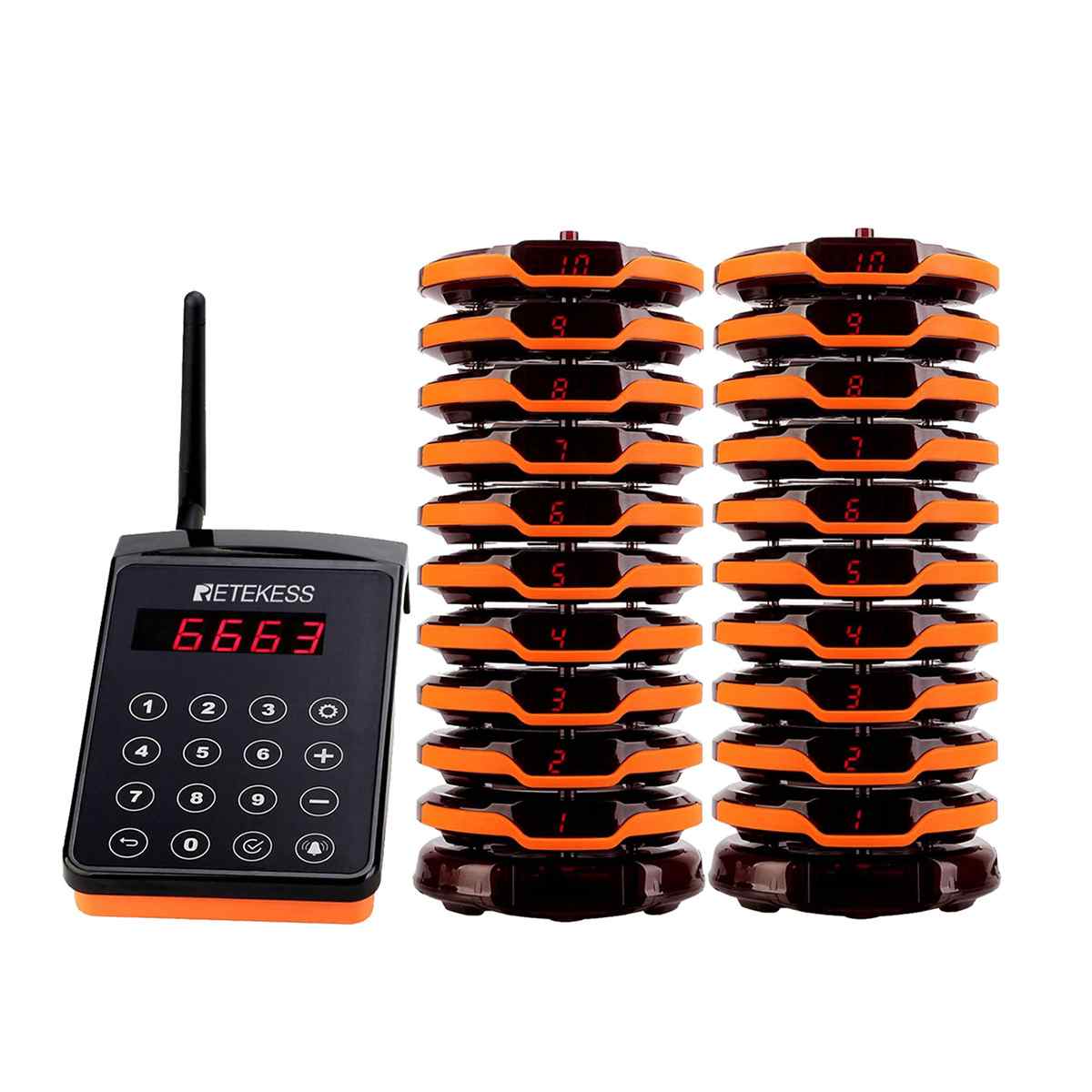
As an expert in communication technologies, I've seen many devices come and go, but the pager's resilience is noteworthy. Let's explore this compact gadget in detail.
Understanding the Pager Device: More Than Just a Beep
So, whats a pager device? At its core, a pager, often affectionately called a "beeper," is a wireless telecommunications device designed to receive and display messages. Think of it as a small, battery-operated radio receiver. Its invention dates back further than many realize, with Alfred J. Gross patenting the first pager in 1949. Early consumer models, like Motorola's Pageboy I introduced in 1964, were simpler, often just emitting a tone to notify the wearer to call in.
The primary function of these devices is to alert users to incoming messages, which can be numeric (like a phone number to call back), alphanumeric (text messages), or even voice messages, depending on the type of pager. They are designed to be light, small, compact, and boast a long-lasting battery life, making them highly portable and reliable.
How Does a Pager Device Actually Work?
Understanding whats a pager device also involves understanding its operational mechanics. I find the underlying technology quite straightforward yet effective. Here's a breakdown of how pagers operate:
- The Paging System: A pager works as part of a larger paging system. This system includes one or more fixed transmitters (base stations) and a central dispatch.
- Sending a Message: When someone wants to send a message to a pager, they typically call a specific phone number associated with that pager. They then input the numeric message or leave a voice message, or an operator types an alphanumeric message.
- Transmission: This message is then transmitted from the base station or central dispatch via radio frequencies. Pagers typically use Very High Frequency (VHF) radio signals, generally in the range of 138 to 466 MHz, which is similar to the range used by typical FM radio programs.
- Receiving the Signal: Each pager is tuned to a specific frequency and has a unique identification code. When the network transmits a signal containing that pager's code, the device picks it up.
- Alert and Display: Upon receiving the correct signal, the pager deciphers the message and alerts the user. This alert is commonly a distinctive "beep" (hence the name "beeper"), but it can also be a vibration. The message is then displayed on the pager's screen.
This system allows for messages to be delivered quickly and efficiently to the intended recipient.
Types of Pager Devices
Over the years, different types of pager devices have emerged to cater to various communication needs. As someone who has tracked these evolutions, I can categorize them broadly:
- Numeric Pagers: These are the most basic type. They display only numbers, typically a phone number that the recipient is supposed to call.
- Alphanumeric Pagers: A step up from numeric pagers, these can display both numbers and letters, allowing for short text messages to be received.
- Voice Pagers: These devices can receive and play back short voice messages.
- One-Way Pagers: Most traditional pagers are one-way, meaning they can only receive messages. The user cannot reply directly from the device.
- Two-Way Pagers (Response Pagers): More advanced pagers allow users to acknowledge receipt of a message or even send a pre-programmed or typed reply.
The choice of pager often depended on the specific needs of the user or industry.
Key Advantages of Using a Pager Device
You might wonder, in an age of smartphones, why would anyone still use a pager? Well, as an expert, I can tell you that pagers offer some distinct advantages that keep them relevant:
- Unparalleled Reliability: Pagers generally have a larger coverage area compared to early mobile phones, and sometimes even modern ones, especially in remote areas or within large buildings where cellular signals might be weak or non-existent. They operate on different networks that are often less congested.
- Simplicity and Ease of Use: With minimal features, pagers are straightforward, simple electronic devices. This makes them easy to use and less prone to technical issues or the distractions common with smartphones.
- Long Battery Life: Pagers are designed for low power consumption, allowing their batteries to last for weeks or even months on a single charge.
- Immediate Focus: When a pager goes off, the user can immediately focus on the message without the myriad of notifications and apps that come with a smartphone. This is crucial for quick decision-making.
- Security: In certain contexts, the one-way nature of many pagers can be a security advantage, as they are less susceptible to hacking compared to more complex smart devices.
- Cost-Effectiveness: Historically, pagers and their service plans were significantly cheaper than cell phones, and for basic alert functions, they can still be a cost-effective solution.
Why Are Pager Devices Still in Use Today?
Despite the ubiquity of smartphones, understanding whats a pager device today means recognizing its continued importance in specific, critical fields. I've observed their persistent use primarily in:
- Healthcare: Hospitals and medical professionals, including doctors and emergency responders, rely heavily on pagers. This is due to their reliability within hospital infrastructures (where cell signals can be poor) and the need for immediate, unambiguous alerts for critical situations.
- Emergency Services: Firefighters, paramedics, and other emergency personnel often use pagers because they can receive alerts even when cellular networks are overloaded or down during a large-scale emergency.
- Niche Industries: Some businesses and organizations where rapid, reliable, and focused communication is paramount continue to use pagers for their operations.
The core reason for their continued use lies in their unparalleled reliability and the critical nature of the communications they facilitate.
Conclusion: The Enduring Legacy of the Pager Device
In summary, when we ask whats a pager device, we're talking about a compact, wireless communication tool designed for receiving alerts and short messages. Its operation through dedicated radio frequencies ensures robust and reliable message delivery, often surpassing other technologies in challenging environments.
As 1, with my expertise in communication systems, I can affirm that while the pager might seem like a technology of yesteryear, its simplicity, reliability, and focused functionality grant it an enduring place, especially in critical communication scenarios. The pager device is a testament to the idea that sometimes, the most effective technology is the one that does its specific job exceptionally well.

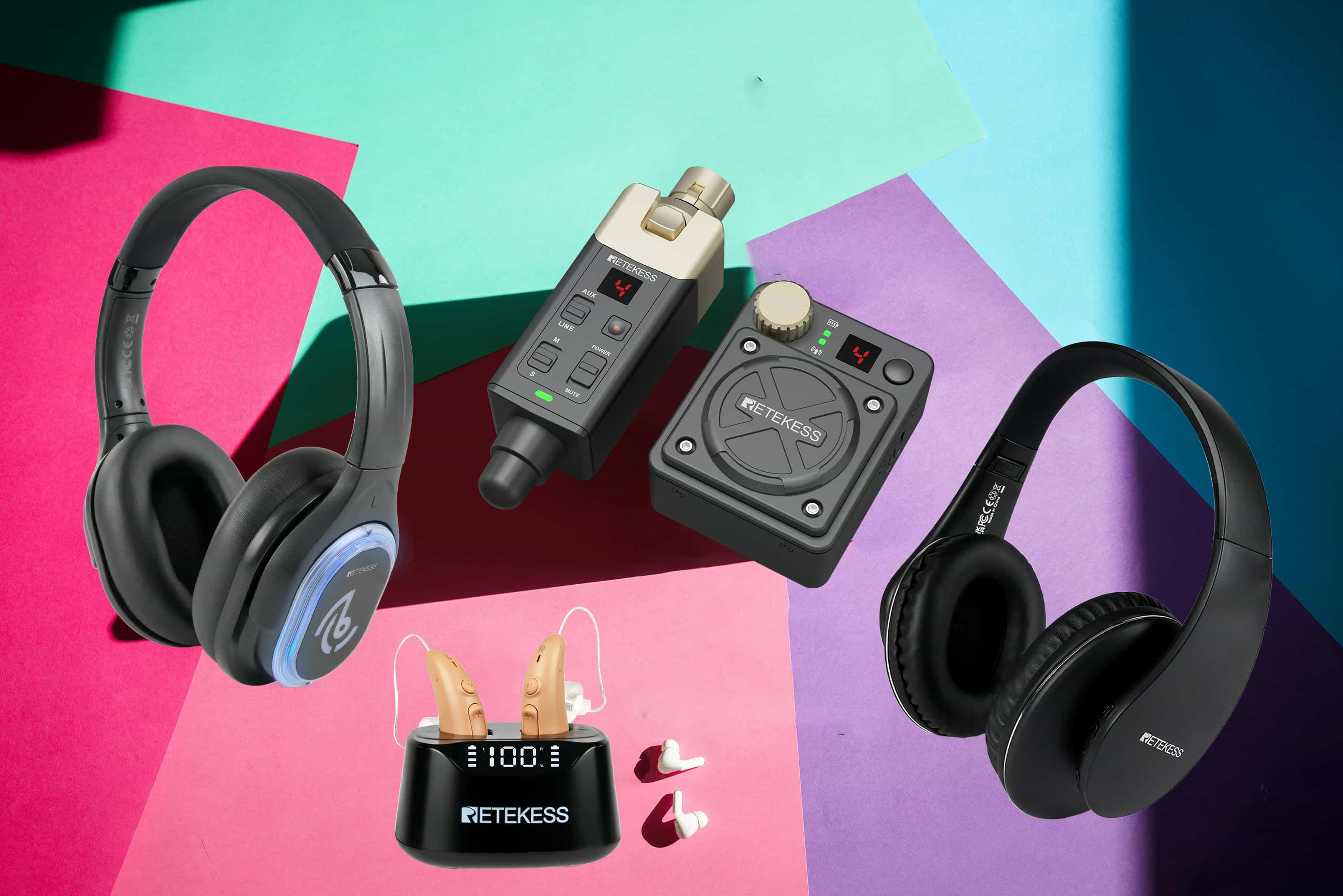
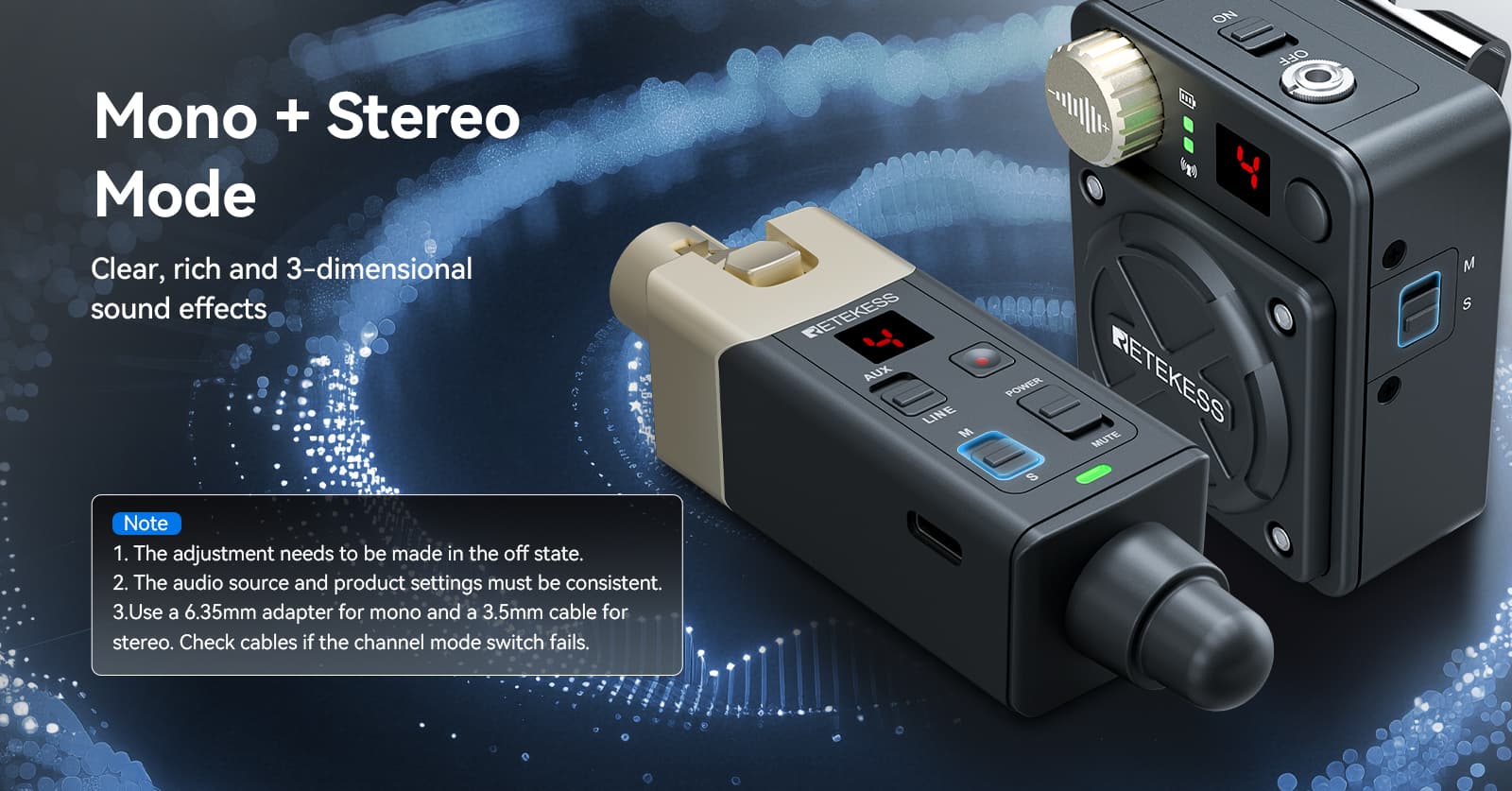


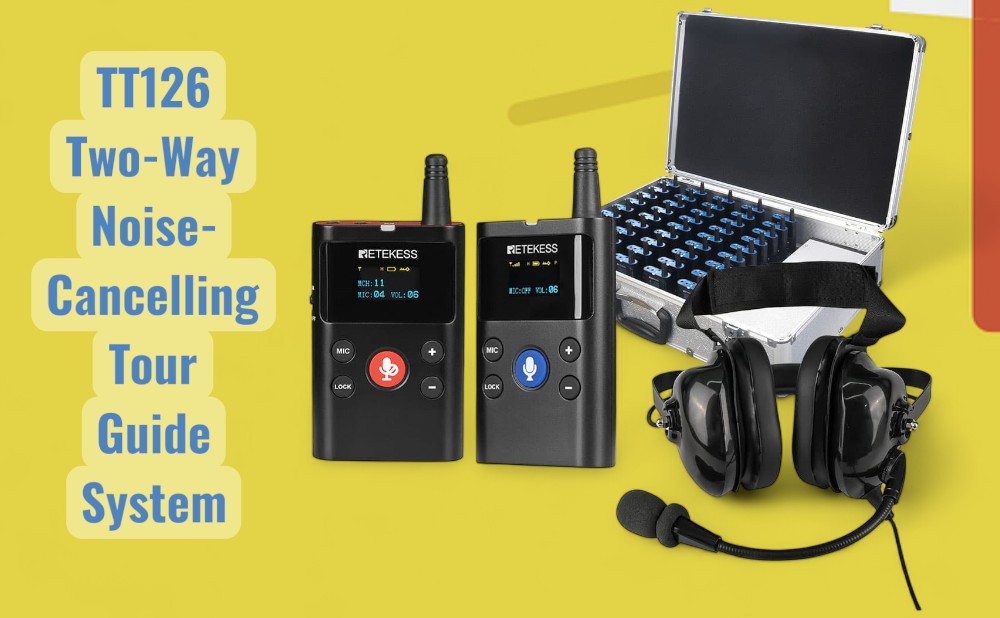
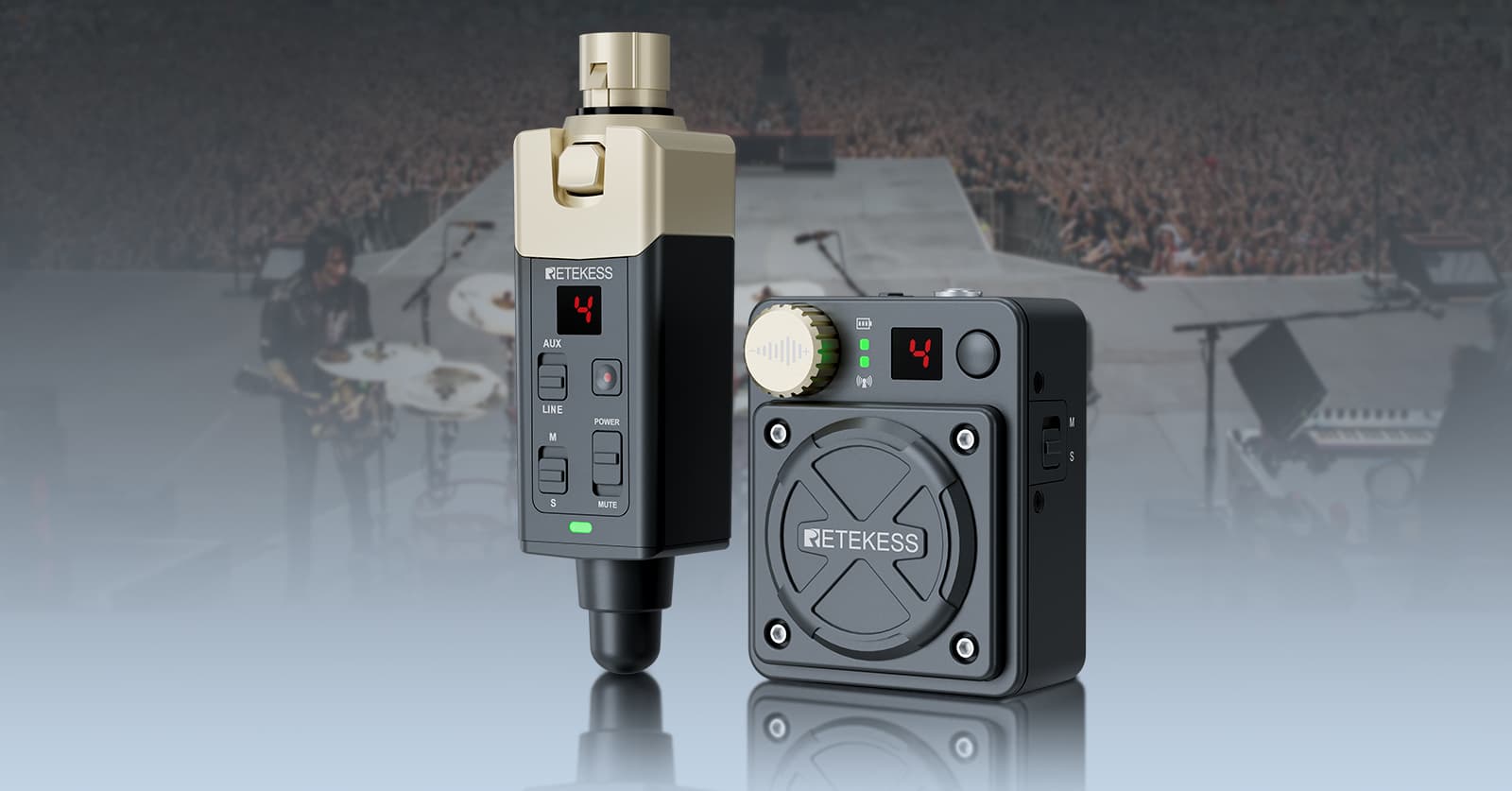


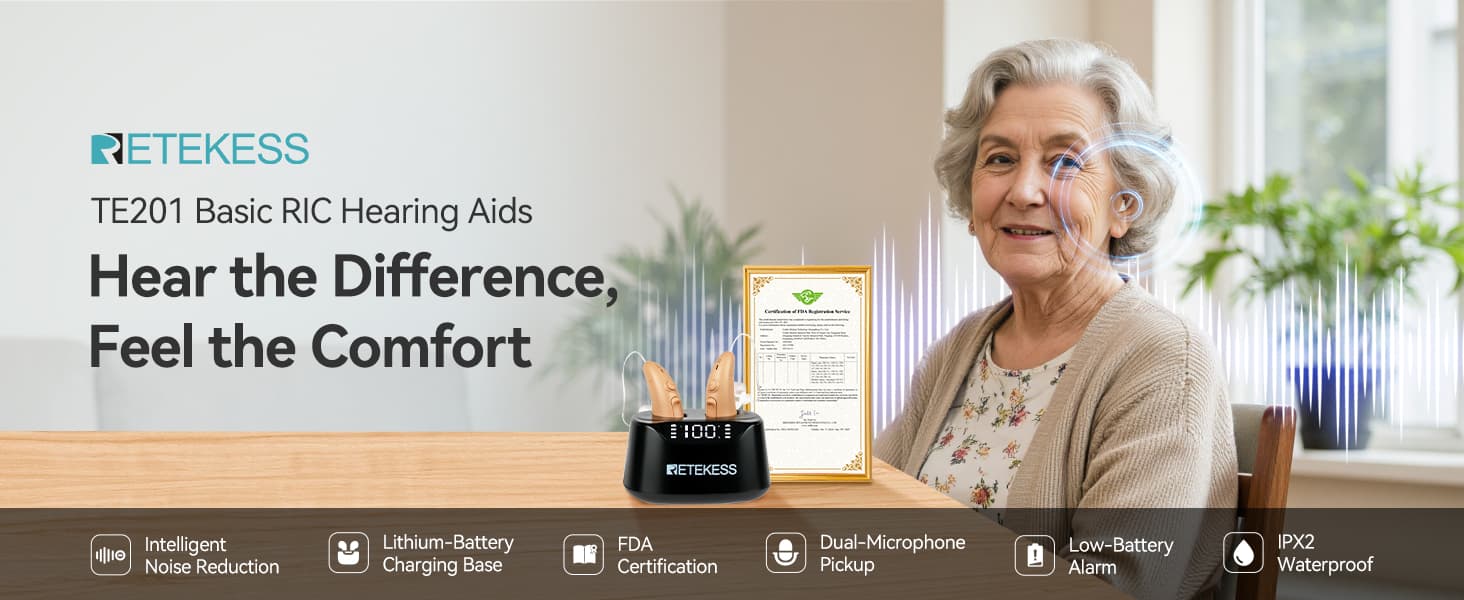
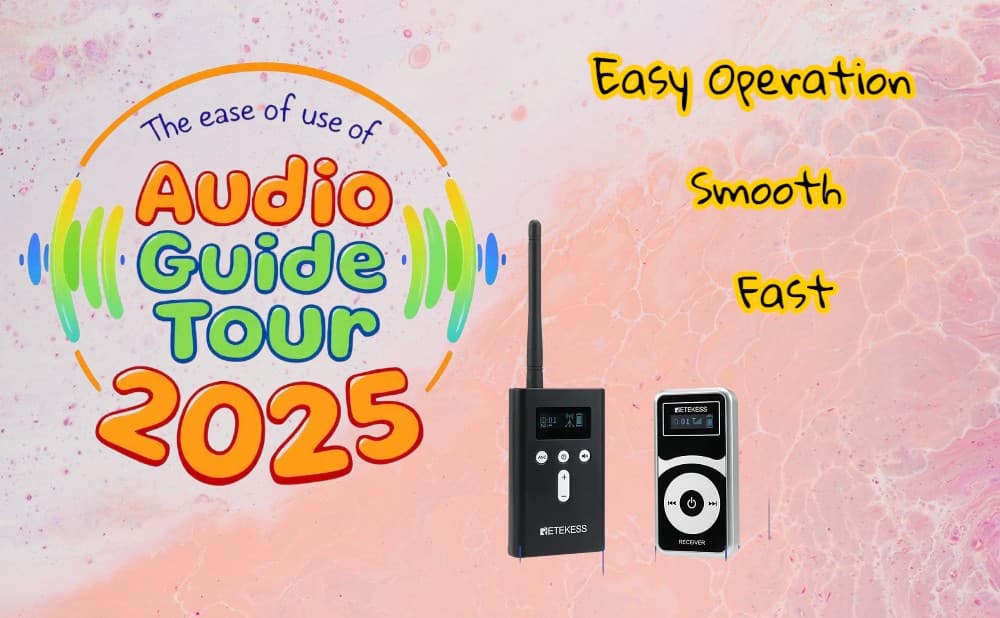
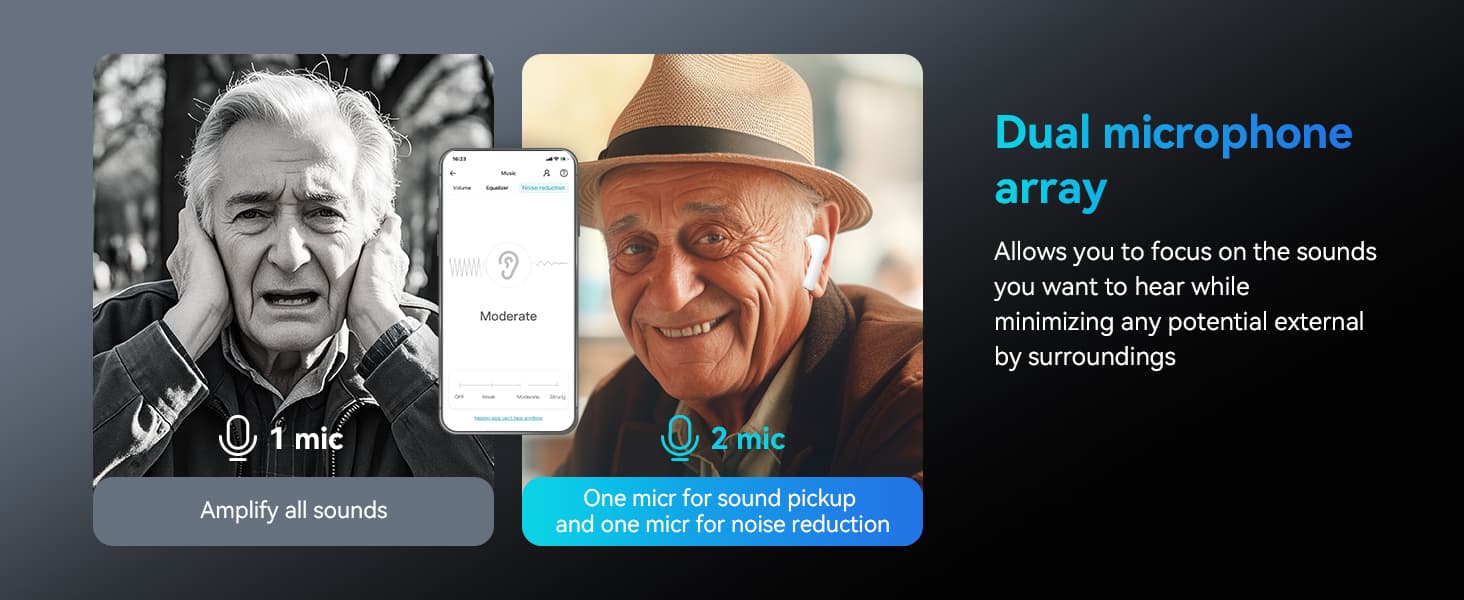
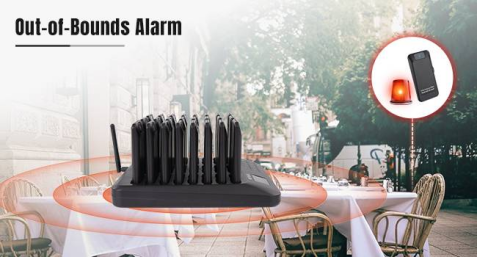



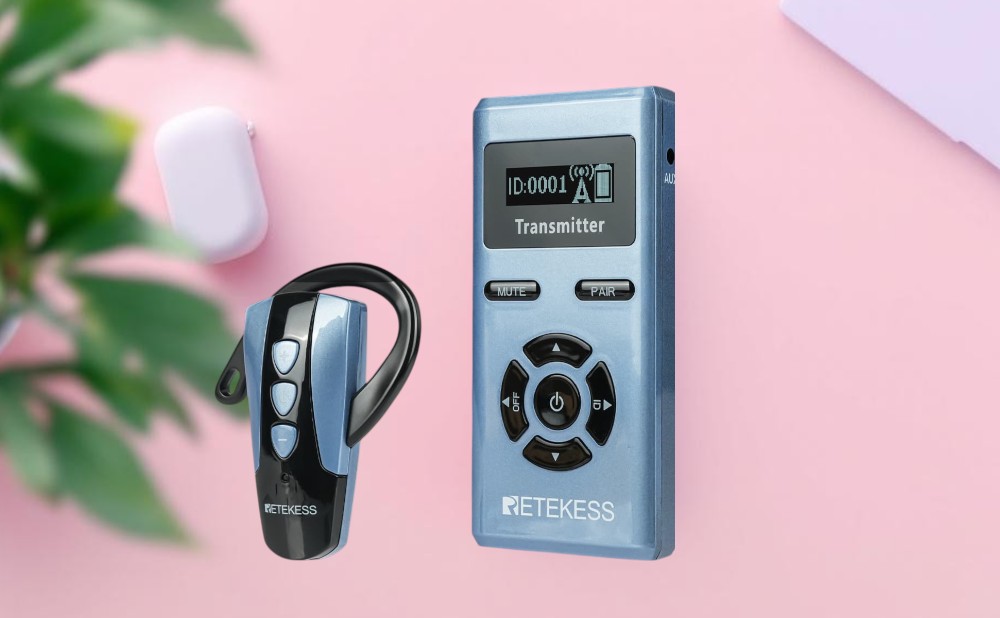





Comments (0)